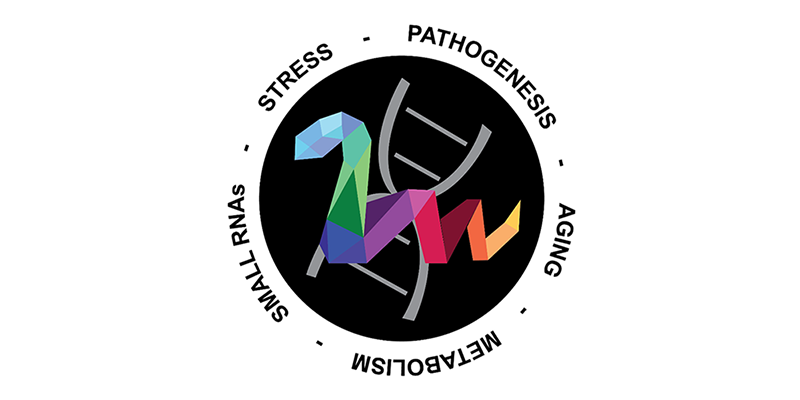Last week, our blog featured a recap of the first of two C. elegans topic meetings – CE Neuro 2018 – that some members of Perlara’s worm team attended last month. In this post, Hillary and I share our experiences at the CE Aging 2018 conference. Also held at the University of Wisconsin, Madison, the conference focused on aging, metabolism, stress, pathogenesis and small RNAs in C. elegans.
Hillary Tsang
This was my first time in Madison and at the CE Aging meeting. The meeting kicked off to a great start with elegans-themed pint glasses. Watching the sun set over Lake Mendota on the first night, with a glass of spotted cow and some live music on the Terrace, was a pretty ideal summer night!
While I have attended the International Worm Meeting in the past, I found the pace of the CE Aging 2018 meeting to be more to my liking. All of the sessions were very well-organized, and left enough time for interaction. The talks within each session were well-presented, and related in such a way that one was able to follow along throughout the talks with little to no prior knowledge.
(Fun fact: A loud, muffled whistle that could be heard randomly during talks turned out to be a large steam whistle that signals a variety of warnings, including the tornado warning that canceled some flights on the last day of the conference.)
Kausalya Murthy
The C. elegans community is very diverse, and thrives in its diversity similar to Perlara’s ethnic, gender and age balanced team. So, it was no surprise to me to hear that 2 of the 4 organizers were women, 6 of the 12 session chairs were women, and 27 of the 60 featured speakers were women! This trend of gender balance resonates with our our team at 67% women. Even though I was attending a worm meeting after some years, I was pleasantly surprised to see that I recognized many of the researchers, and had an opportunity to connect with a number of my old friends.

View of Lake Mendota from the University of Wisconsin, Madison
Below are summaries of talks that Hillary and I found particularly interesting:
Andrew Dillin, University of California, Berkeley: Dillin’s talk was about long range signals that regulate ER stress. Neuronal xbp-1 expression restores age onset loss of UPR and resistance to ER stress in the intestinal cells. Expression of xbp-1 in the dopaminergic neurons resulted in changes in the ER for the better (HDEL marker). But disrupting neuronal xbp-1 disrupted the ER structure in the intestines to form circular ER derived membrane structures that stain for LAMP-1. Such ER whorls have been found in only yeast before.
Monica Driscoll, Rutgers University, New Jersey: Some C.elegans neurons are capable of throwing out aggregated proteins and damaged mitochondria by extrusion from the cell body by forming large membrane bound structures that include vesicles and damaged proteins. These structures are called exophers. Formation of exophers is centriole and microtubule dependent. This is thought to be a new found protein management option besides autophagy or proteosome degradation. The contents of the exopher have been found in adjacent mesodermal cells or the coelemocytes. Inability to clear damaged proteins, as we have long known, has consequences on normal functioning on neurons. For example, touch sensitivity is lost in worms that are incapable of getting rid of Poly Q aggregates.
Danielle Garsin, University of Texas Health Sciences Center, Houston: The pathogenesis and host microbe interactions session was particularly interesting, especially Garsin’s talk on inter-kingdom interaction. She showed how the opportunistic gram positive bacterium Enterococcus and a yeast Candida are virulent on their own but, when present together in the C. elegans, antagonize each other, helping the worm with the infection. This demonstrated the significance of studying inter-kingdom interactions for identifying compounds or targets for therapeutic development
David Gems, University College of London, London: One of the more surprising talks was given by David Gems, re-examining some of his old work with the different aging mutants. They noticed a pharynx-size phenotype that also tracked with lifespan extension that ultimately traced back to the two N2 options available through the CGC, hermaphrodites and males!
This brings us to the end of the 2018 C. elegans topic meeting recaps! If you haven’t had a chance, read the CE Neuro 2018 recap, or catch up on our latest nematode blog posts on modeling Gaucher Disease and developing an NGLY1 worm screen.
Use of logo design courtesy of Regina Lai (Taubert lab, UBC)


